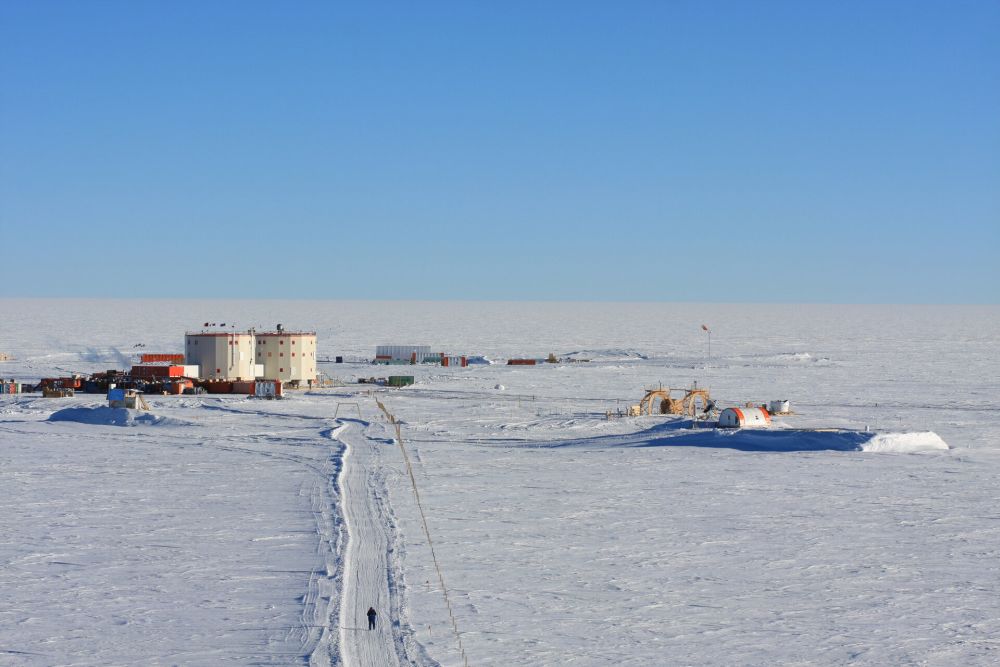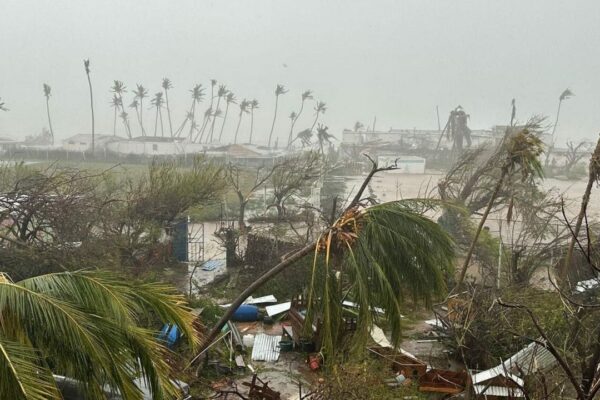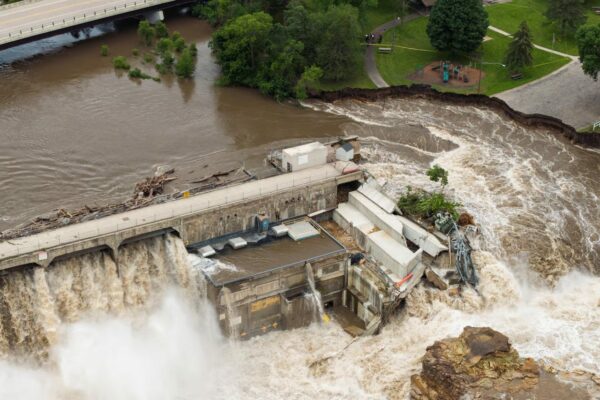Warming Antarctica: Scientists Fear More Ice Shelves Will Collapse Amid Worst Heatwave
March 2022 has broken the record of high temperatures in Antarctica as a research station there documented exceptionally warm weather
What would be your reaction if the coldest place on the planet suddenly starts growing hotter? I would be frightened, wouldn’t you? Reportedly, Antarctica has witnessed its worst heatwave till date last month; and it has given the world a big reason to worry about.
Heatwaves are bizarre and unprecedented at any time in Antarctica. The world’s coldest, windiest and driest continent is labeled as a stable ‘sleeping giant’, but rising temperatures amid global warming, together with unusual rain and ice shelf shifts, are indicating that this giant is waking up and once awake, the world will drown.
In March, record-breaking heatwaves have hit Antarctica and the Arctic simultaneously, with temperatures soaring 47 degrees Celsius and 30 degrees Celsius higher than usual. During the third week of March, research stations in East Antarctica documented exceptional temperatures up to 40 degrees Celsius above the month’s usual. Given the circumstances, the scientists have declared that Antarctica ‘should not be taken for granted’.
Antarctica Worst Heatwave
On March 18, the temperature at Concordia Research station atop Dome C on the Antarctic Plateau, which is known as the coldest region on earth, surged to a shocking 11.3 degrees Fahrenheit (minus 11.5 Celsius).
Without any context, this won’t seem much. So let’s look at it this way – the normal high temperature for the day is around minus 56 Fahrenheit (minus 49 Celsius), which translates the March 18 reading close to 70 degrees Fahrenheit or around 38 Celsius warmer than usual.
According to scientists, this would likely set a world record. Even though 11 degrees Fahrenheit is not much warm by any stretch, it is unheard of for this region of the continent, and 70 degrees above average is equally surprising.
The frozen continent has been experiencing high temperatures amid climate change, which has experts fearing catastrophic ice calving. In mid-March, the Conger ice shelf spanning around 460-square-mile, nearly the size of Los Angeles, collapsed and disintegrated within days of rising heat.

Concordia Research Station in East Antarctica | Image: ESA
According to Etienne Kapikian, a meteorologist at Meteo-France, the French meteorology service, Concordia’s temperature was not only the highest in the month of March, but it’s an absolute record for any month. Meanwhile, the Russian research base famous for documenting the coldest temperature in the world, Vostok, also reported a high temperature of zero degrees Fahrenheit, which is 63 degrees warmer than the average for the day.
Aggravating Circumstances
According to French scientists Etienne Vignon and Christoph Genthon;
Rainfall is rare in Antarctica but when it occurs, it has consequences on ecosystems – particularly on penguin colonies – and on the ice sheet mass balance… Fortunately, there are no longer penguin chicks at this time of the year but the fact that this happens now in March is a reminder of what is at stake in the peripheral regions: wildlife, stability of the ice sheet.
The recent heatwave in Antarctica, labeled as its worst, has raised concerns about long-term effects on the ice, especially if it continues. While ice calving is a common occurrence, the escalation of ice shelves collapsing events has the world fearing for the future of the planet.
The recent ice shelf collapse, nearly the size of Los Angeles, happened in East Antarctica – which is the colder side of the continent – was the first-ever collapse in the region. After the collapse, the ice mass disintegrated immediately. Scientists fear that its quick demise could be the start of more ice loss and indicates a rapid sea-level rise that would have devastating impacts across the world.
Record high temperatures, rain and the collapse of an ice shelf in East #Antarctica have prompted concern about the role of #climatechange in the coldest and driest part of the world.
Roundup here: https://t.co/9bYjYHo4of
Image @CopernicusEU Sentinel2 🛰️ pic.twitter.com/bmfFjrRJZ2— World Meteorological Organization (@WMO) April 1, 2022
Meanwhile, West Antarctica is witnessing more ice shelves fringing. A 2021 discovery has revealed that the Thwaites Ice Shelf could collapse and melt completely within a decade. The Thwaites Glacier is the size of Florida and holds enough ice to increase the global sea levels by two feet. It is under constant scrutiny for any signs of collapse; however, its trajectory is alarming.
Antarctic ice is falling into the sea by billions of tons each year, but they contribute about 10 percent of the total sea-level rise. The science, however, predicts that warmer waters and rising temperatures will cause the continent to shed more ice and contribute vast amounts to sea level in the near future.


